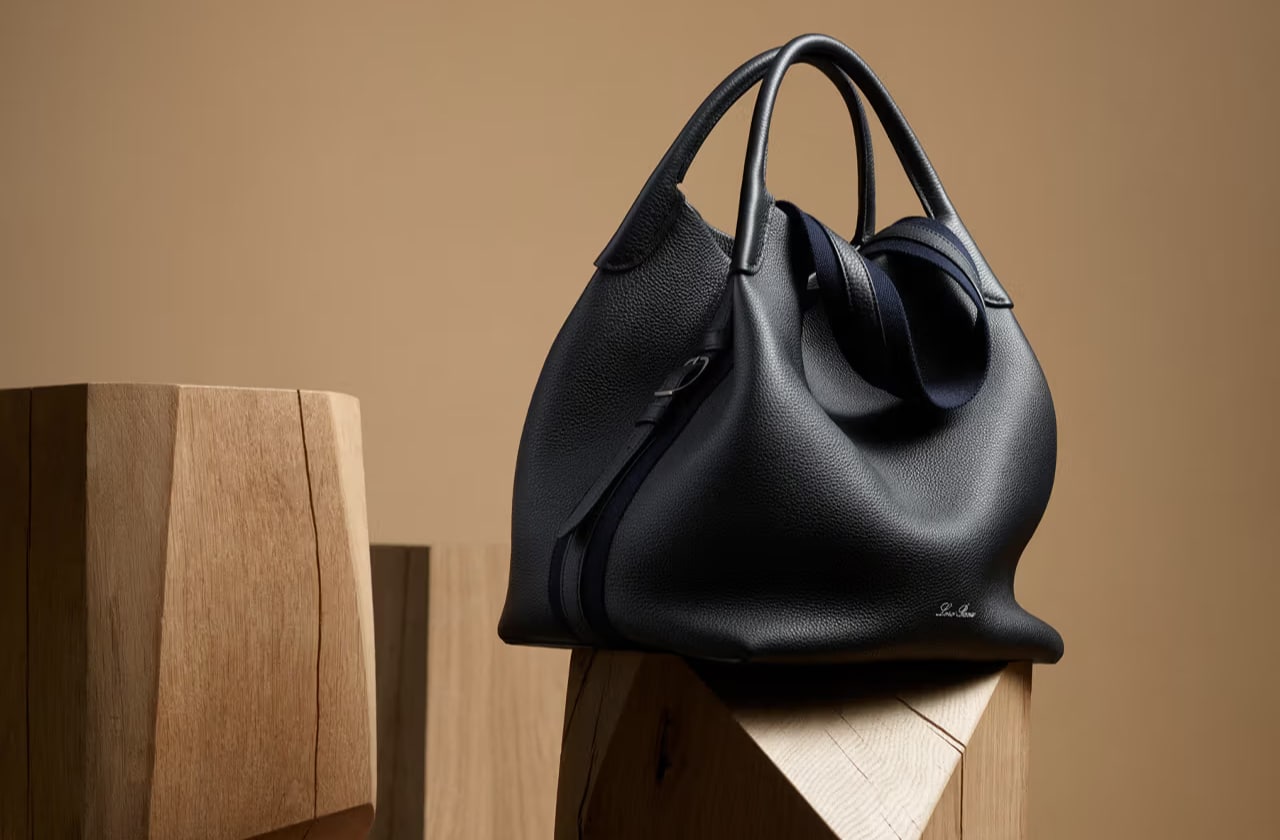Information Asymmetry: Strategies for Beauty and Wellness Ecommerce

The beauty and wellness industry continually stands at the forefront of technological and scientific innovation. However, introducing pioneering products in this space often presents a unique challenge, especially when it comes to educating a market that may lack foundational understanding of these innovations. This phenomenon, known as information asymmetry, is critical when a product is first introduced to the market. It requires brands to adopt a multifaceted approach that not only educates potential customers but also builds trust and crafts a narrative that informs, excites, and engages.
Understanding the Customer's Knowledge Gap
Central to overcoming information asymmetry is recognising and addressing the knowledge gap in customers. Advanced beauty and wellness products often incorporate complex technologies and scientific principles that may not be immediately apparent to the average consumer. This gap can lead to reluctance or doubt, impeding the customer's journey from discovery to purchase.
Addressing this gap necessitates a deep dive into the consumer's mindset. Understanding their perceptions, fears, and desires about new beauty technology is crucial. Market research is key here, extending beyond standard surveys to include in-depth analyses of consumer behavior, social listening, and trend tracking. The aim is to pinpoint not only the gaps in knowledge but also the emotional and psychological barriers that may exist.
With this understanding, brands can create content that resonates on an emotional level. This might involve storytelling that highlights the transformative power of the product or user testimonials that lend authenticity to the brand narrative. The goal is to connect the product's scientific and technological aspects with real consumer needs and desires.
Multi-Channel Strategies for Educating and Building Trust
In the face of information asymmetry, a sophisticated multi-channel strategy becomes imperative. Each channel should serve a distinct purpose in the consumer education journey. Social media platforms, for example, offer avenues for real-time engagement. The content strategy here should leverage the visual and interactive nature of these platforms, featuring live demonstrations, expert Q&A sessions, and behind-the-scenes looks at product development. These approaches help demystify the product and bring the consumer closer to the brand.
Email marketing, tailored to different segments of the audience, can provide a more personalised approach. For those at the top of the funnel, the focus might be on introductory information and brand values. For more engaged consumers, detailed product breakdowns, user guides, and exclusive offers are more appropriate. Offline experiences, like pop-up experiences and in-person consultations, also play a crucial role in building trust. Consistency in messaging across all these channels is essential, ensuring that each touchpoint reinforces the brand's narrative and trust.
Building Trust with User Experience Design: Showcasing Product Efficacy
In the competitive world of beauty and wellness, establishing trust is paramount, especially when introducing complex products. A key aspect of building this trust is demonstrating product efficacy. Consider the impact of a well-designed product page that integrates customer reviews and before-and-after images. These elements offer tangible proof of effectiveness, resonating more with potential buyers than mere claims.
Interactive features like skin analysis tools or virtual makeup applications offer hands-on experiences, allowing customers to understand the product’s relevance to their needs. In-depth product narratives with multimedia elements like videos or diagrams can demystify complex ingredients or technologies, aligning customer expectations with reality.
Successful Examples: Strategies in High-End Beauty and Wellness Markets
Brands like LYMA, Apple, Augustinus Bader, and Face Gym serve as excellent examples of innovative and effective strategies in the high-end beauty and wellness markets. LYMA, for instance, showcases the power of transforming a brand into a scientific authority. Apple's foray into wellness technology, through products like the Apple Watch, demonstrates the art of seamlessly integrating technology with lifestyle. Augustinus Bader excels in combining scientific credibility with luxury branding, while Face Gym stands out for its innovative approach to beauty and wellness, positioning its offerings as a 'workout for your face.'
Key Learnings from Industry Leaders in Beauty and Wellness
The success stories of brands like LYMA, Apple, Augustinus Bader, and Face Gym offer a wealth of knowledge for any high-end beauty and wellness brand aiming to make a mark in this competitive market. Here are some expanded insights derived from their strategies:
Establish Authority and Build Trust
Brands such as LYMA and Augustinus Bader demonstrate the importance of establishing oneself as an authority in the field. This can be achieved through rigorous scientific research, transparent communication, and by providing detailed insights into product development processes. Building trust also involves a consistent and honest dialogue with customers, offering them in-depth information about the benefits and potential of the products.
Seamlessly Integrate Technology with Lifestyle
Apple's entry into the wellness market with the Apple Watch is a prime example of seamlessly integrating technology into everyday life. Their approach goes beyond just selling a product; they sell an experience, an enhancement to the lifestyle. For beauty and wellness brands, this means designing products that not only serve a functional purpose but also align with the lifestyle aspirations of their target demographic.
Innovative Brand Positioning
Face Gym’s approach to positioning their services as a 'workout for your face' breaks the conventional mould of beauty treatments. This demonstrates the power of innovative branding – it's not just about what you sell, but how you frame it. Creating a unique brand story that captivates and intrigues your audience can set you apart in a crowded marketplace.
Harmonising Science with Luxury
Augustinus Bader’s strategy of blending advanced science with luxury branding shows that it’s possible to appeal to consumers' desire for sophistication and efficacy. By focusing on the quality and science behind their products, they cater to a market that values not just the luxury experience but also the scientific innovation that drives it.
Effective Multi-Channel Marketing Strategies
Utilising a blend of digital and physical marketing channels can significantly amplify a brand’s reach. This involves leveraging social media, email marketing, influencer collaborations, and offline events to create a comprehensive and engaging brand presence. Each channel should be used to tell a part of the brand’s story, ensuring a cohesive narrative across all platforms.
Prioritising Customer Education
In an industry often riddled with complex terms and technologies, education becomes a key factor in bridging the knowledge gap. Providing clear, accessible, and engaging educational content helps demystify products and technologies, empowering customers to make informed decisions. This not only builds trust but also fosters a deeper connection between the brand and its audience.
Personalisation and Customer Experience
Personalising the customer experience, as seen in brands like LYMA and Face Gym, can lead to higher customer satisfaction and loyalty. Tailoring the shopping experience, offering customised product recommendations, and providing exceptional customer service are essential in creating a memorable brand experience
Conclusion
Successfully navigating the high-end beauty and wellness market involves more than just creating innovative products; it demands a strategic approach to brand positioning, customer education, and market engagement. The lessons from LYMA, Apple, Augustinus Bader, and Face Gym highlight the importance of a compelling brand story that resonates with an informed and discerning customer base. In this ever-evolving market, brands that educate, engage, and inspire their audience are the ones that turn innovative products into enduring successes.
Simon Hughes – 12th February 2024
Related Case Study
Lyma
Related Insights
6th February '24
20th March '24


